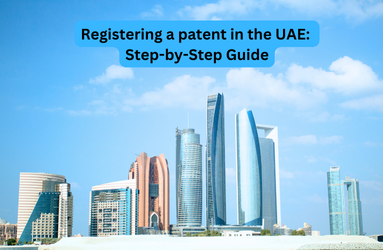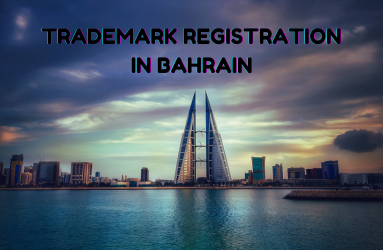Treaty on Intellectual Property in Respect of Integrated Circuits
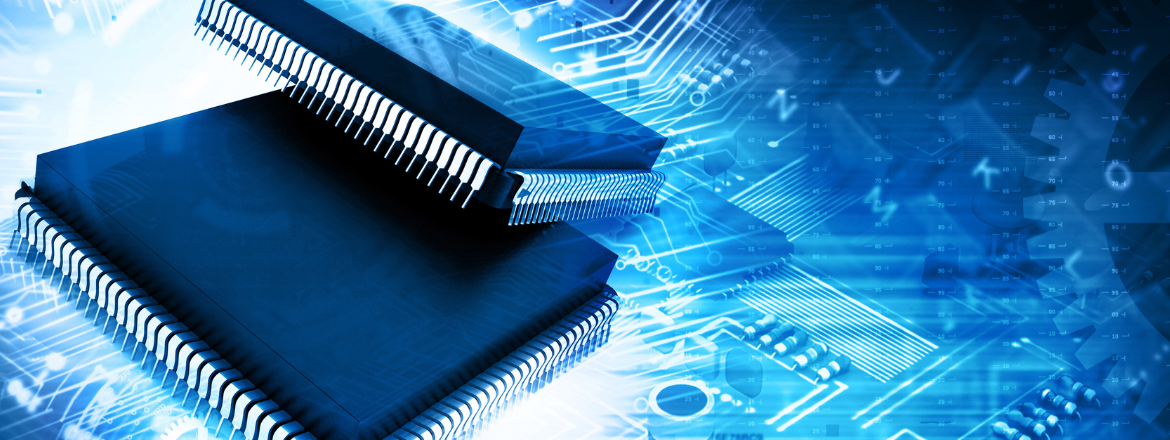
Table of Contents
What are integrated circuits?
An integrated circuit is a subset of electronic engineering that is made up of electronic components commonly known as microchips. They are also described as miniaturized electronic components used in microprocessor fabrication and composed of many electronic components forming a single unit.
Integrated circuits are commonly made up of 3 layers of electronics namely:
- Wafer: These are thin slices of semiconductors, for example, crystalline silicon (c-Si), and are used for the fabrication of integrated circuits. They are also the foundation of the chip where the electronic components are integrated upon.
- The electronic components: These are etched onto semiconductors and their primary functionalities are to regulate and manage the electrical signals that flow on the chip. They are categorized into active components, such as transistors and diodes, and passive components, such as capacitors and resistors.
- Insulators: These are materials that do not allow heat or electricity to pass through.
- Integrated Circuit Protector (ICP): This is a device installed to protect the integrated circuit from overcurrent. Overcurrent is described as an excess amount of electricity that passes through the conductor, and which can cause excess heat generation fire and damage to the device. ICPs can quickly shut off the device if an overcurrent occurs, which protects the device.
- Aluminum coating: Aluminum is used for its corrosion resistance properties.
What is an Integrated Circuit Topography?
Integrated Circuit Topographies (ICT) refers to a type of integrated circuit that is three-dimensional in its general configuration. They are found in products that utilize integrated circuits or layout designs such as smartphones or products that use electronic functionalities. A three-dimensional integrated circuit (3D IC) is made of a Metal-oxide semiconductor (MOS). It is manufactured in such a fashion that it acts as a single unit, ultimately achieving better performances, and is more power-efficient than its two-dimension IC counterpart. In addition, they also allow for complex electronic functionality to be applied in smaller-sized products.
ICT is believed to be the core of modern technology, communications, entertainment, manufacturing, medical, and space technologies and is found in common commodities such as household appliances.
Advantages of Utilizing ICT
- Footprint: ICT helps innovators to manufacture smaller-sized products that can achieve more complex functionalities.
- Cost: Due to their small size, ICT allows businesses to cut down on manufacturing costs on-chip fabrication.
- Heterogeneous integration: An integrated circuit can have its layers built in different matters, as well as being built on different types of wafers. This allows for the optimization of the manufacturing process to a much greater degree than if they are built on a single wafer. In addition, a single component that is incompatible during manufacturing can be combined to become functional in a three-dimensional IC.
- Shorter interconnect: The average length of wires in ICT products is reduced, meaning that performance attributes such as circuit delay might be improved.
- Power: In addition to shorter circuit delays, shorter wires mean reduced power consumption. Consequently, this results in lower power budgets, lower heat generation, extended battery life, and lower cost of operations.
- Design: The way ICTs are shaped allows greater versatility and more possibilities in terms of the product’s visual design.
- Circuit security: ICT integration can achieve security through obscurity. The way ICT is stacked complicates malicious attempts to reverse engineer the circuitry. The circuits can be divided in such a way as to hide the function of each layer. Furthermore, ICT integration allows the ability to install system-monitor-like features in the circuit’s different layers. This makes it possible to implement a manner of hardware-firewall to monitor the device during its runtime. The intention of this is to protect the whole electronic system against malevolent run-time attacks as well as malicious hardware modifications.
- Bandwidth: ICT integration allows large numbers of vertical vias between the circuit’s layer. A Via is a pathway or an electrical connection between layers in an integrated circuit. This allows the ability for wide bandwidth buses to be built between functional blocks in different layers. An arrangement such as this allows the buses to alleviate memory wall problems.
What are the Integrated Circuit Topography (ICT) Acts?
The Integrated Circuit Topography Acts are legislations and treaties that aim to guarantee IP protection to ICT owners of their innovation since these are considered to be intellectual properties. This Act also provides owners of ICT with exclusive legal rights to control certain actions.
These actions include but are not limited to:
- Reproducing a protected topography or any substantial part of it.
- Manufacturing a product that consists of a registered integrated circuit or a substantial part of one.
- Importing and/or commercially exploiting (i.e. leasing, selling, advertising the product for lease or sale or other forms of commercial redistribution) a protected ICT or any substantial part of one,
- Importing and/or commercially exploiting a protected ICT implemented product or a substantial part of one.
- Importing and/or commercially exploiting an industrial article that consists of an ICT product that results in embodying a protected topography or a substantial part of one.
Therefore, the infringement of a registered layout design is, seen as, a criminal offense under those treaties. Consequently, parties that are found guilty of this practice can be fined, or in some instances, serve prison sentences. It is important to note, however, that there are exceptions where the restrictive rights to a registered ICT are not deemed as liable infringements. Such as, it is not considered an infringement, by law, if an individual reproduces the topography for analytical, research, or educational purposes.
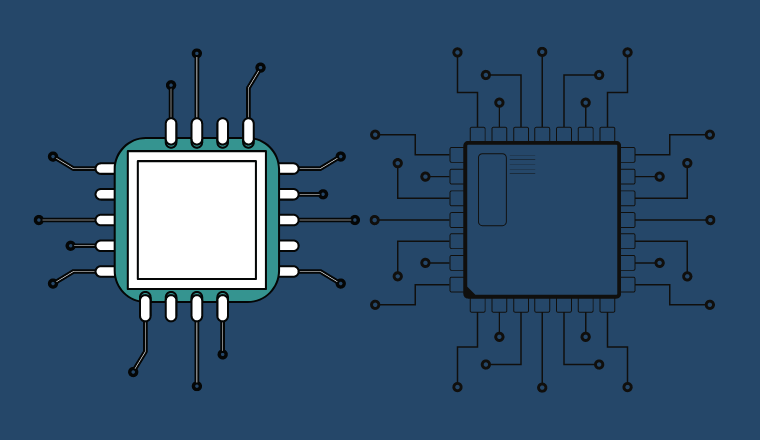
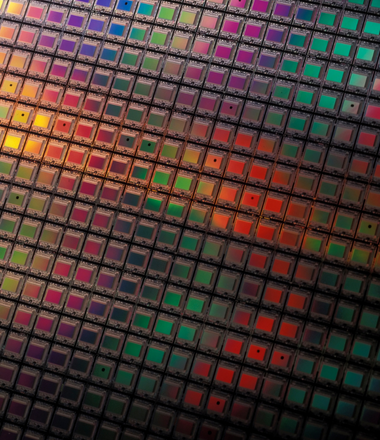
What are the other forms of ICT/IP protection?
Various ICT products such as Random Access Memory (RAMs) and Read-Only Memory (ROMs) are sometimes used to store a series of instructions for electronic processing. In addition to the protection available for the ICTs, the instruction that is stored may be subjected to protection under the Copyright Act as literary works and in some cases, may be patentable as industrial methods.
There are other characteristics within ICT products that may also be patentable, such as the circuit’s layout, structure, and the operational means of the electronic circuit embedded within the integrated circuit product.
Other aspects of integrated circuit products may also be patentable, for example, the structure and method of operation of electronic circuits embodied in integrated circuit products, or industrial processes used to manufacture integrated circuit products.
Who is qualified for registration?
According to ICT treaties, the current owner of the topography (i.e. those who are recognized as the original creators, the current holder of the topography's right via or the successor in title) may apply for the registration of the topography. Therefore, any layout that is distinguishable from existing layout designs cannot be registered.
When do businesses file for an application?
Businesses who wish to apply for an ICT registration must do so within two years of the integrated circuit or product’s first commercial exploitation. Commercial exploitation is defined as the selling, leasing, or any other form of distribution, for commercial purposes, of the topography.
How long does ICT registration last?
ICT Acts, on average, protect for up to ten years. Integrated Circuit is protected from the filing dates of the application and has its term-end on the 31st of December after the year of the first commercial exploitation or filing date, whichever precedes first.
Conclusion
Integrated Circuit Topography is considered to be the heart of modern technology, and as it improves, businesses are encouraged to protect their commercial interest by registering their original ICT. Acts that protect ICT induce legal and regulatory challenges, including security and privacy risks, These treaties are on the rise all over the world. Regardless, there is still a lot of research emphasizing the role of ICT laws and legislations and understanding its effect on the level of ICT diffusion and the well-being of a country.
Overall, businesses should consider consulting a legal professional as drafting an ICT application requires careful attention to detail and knowledge of the regulations.
For this reason, you are advised to consult a legal professional who specializes in IP and is fully versed in such new-world treaties. Our experts at Abou Naja Intellectual Property will do just that. Get in touch at [email protected]. Let’s talk.


